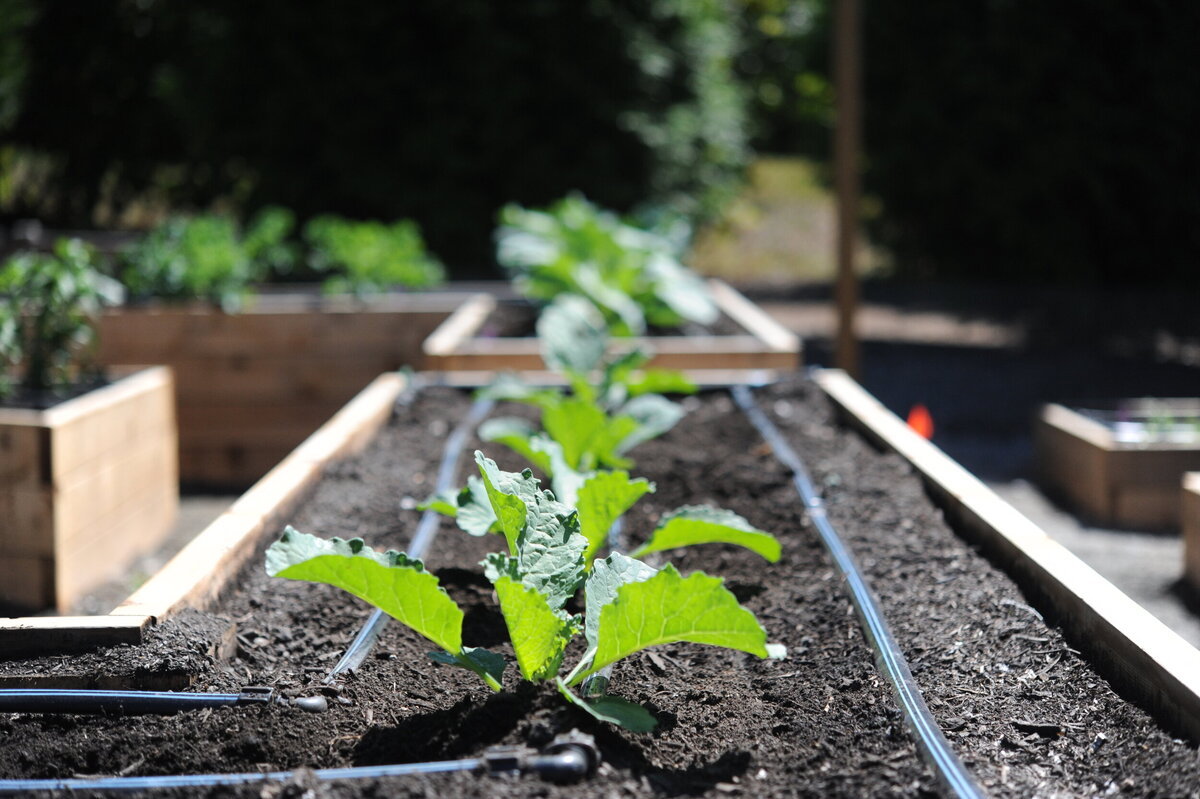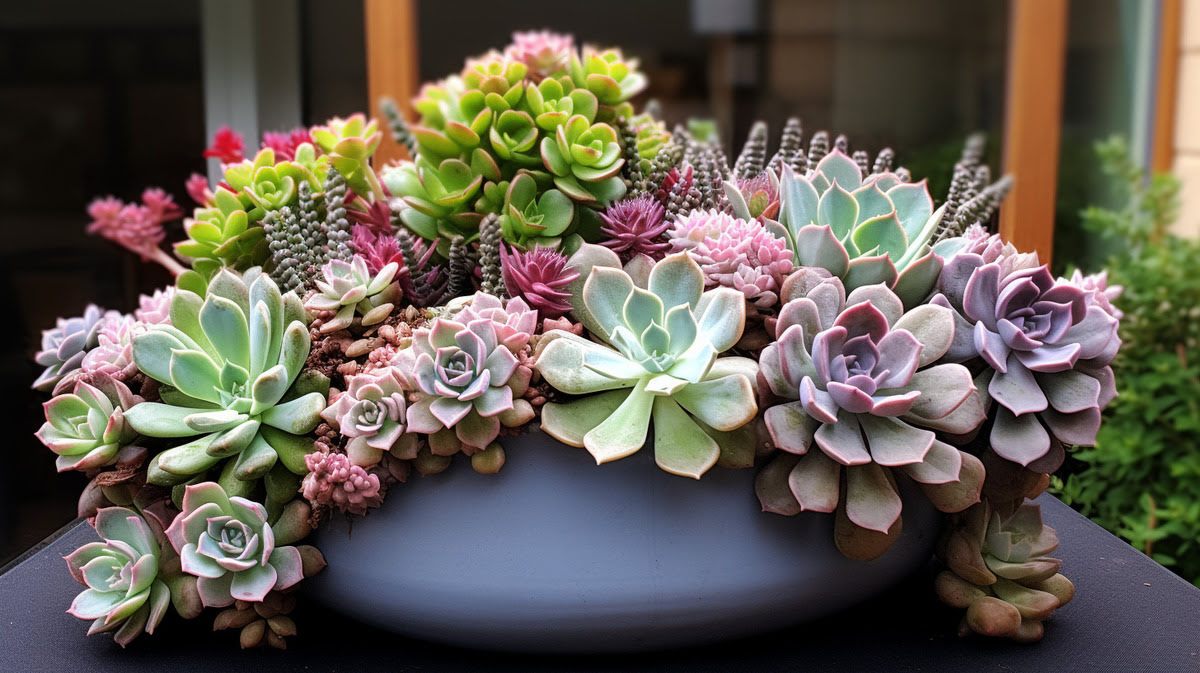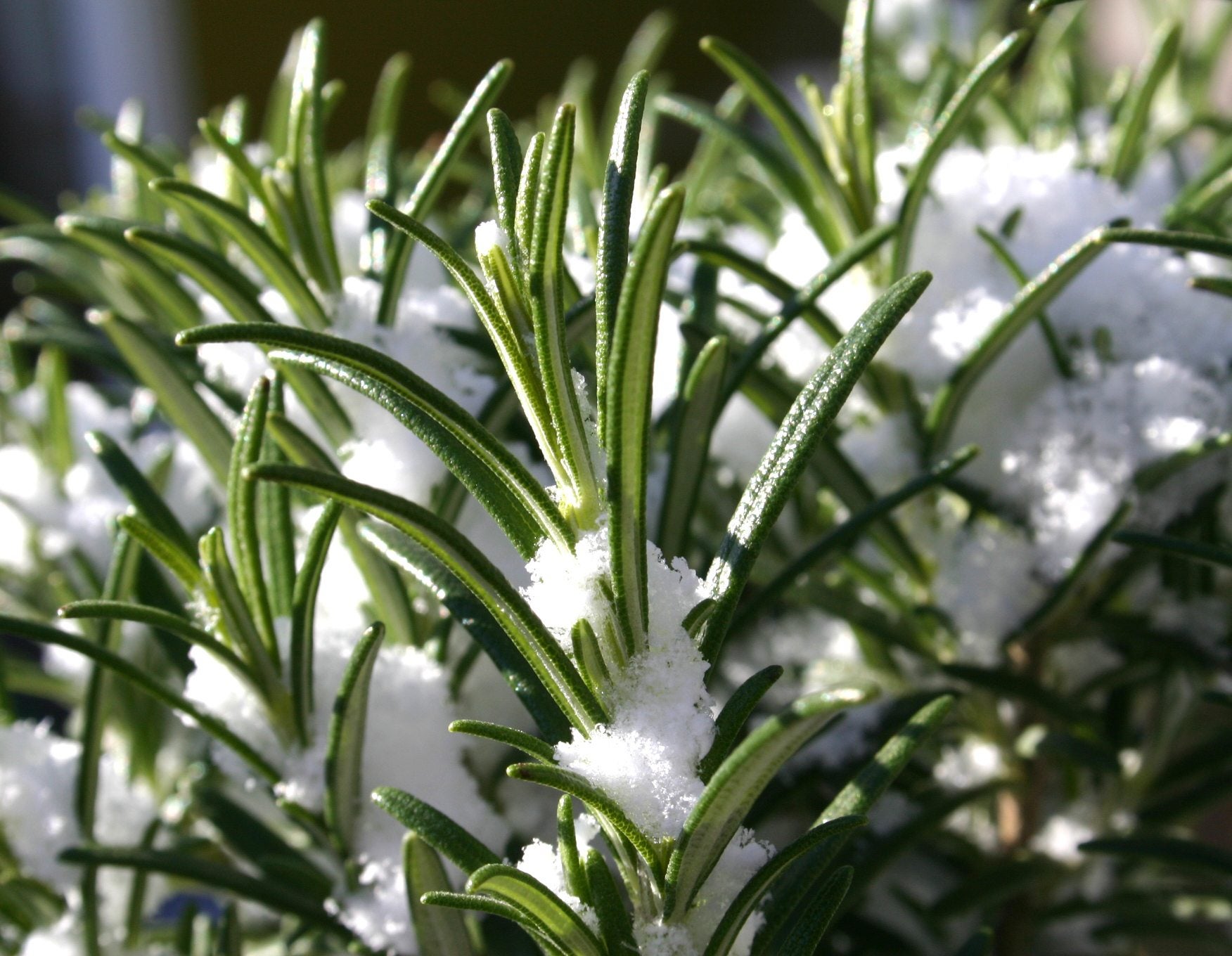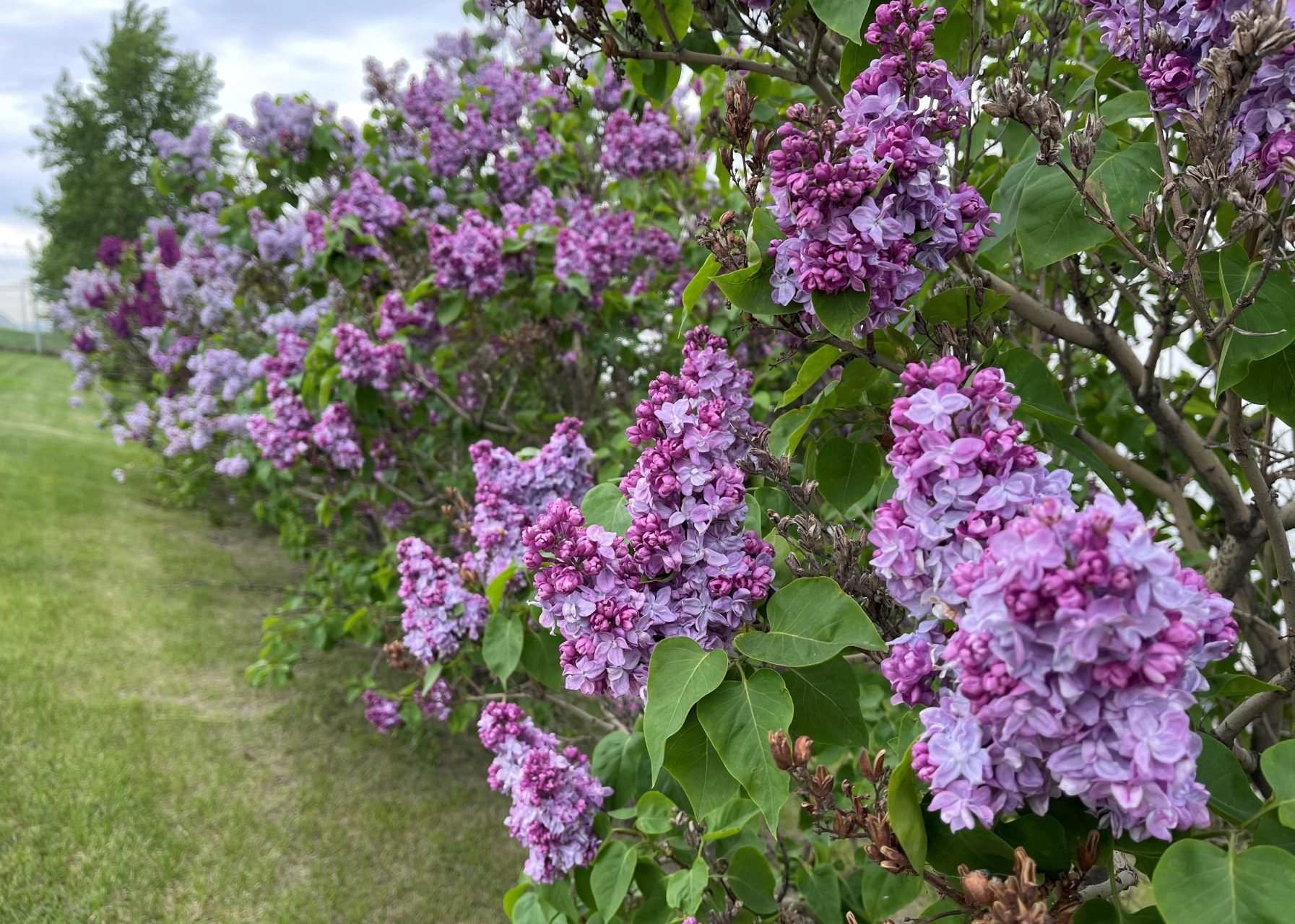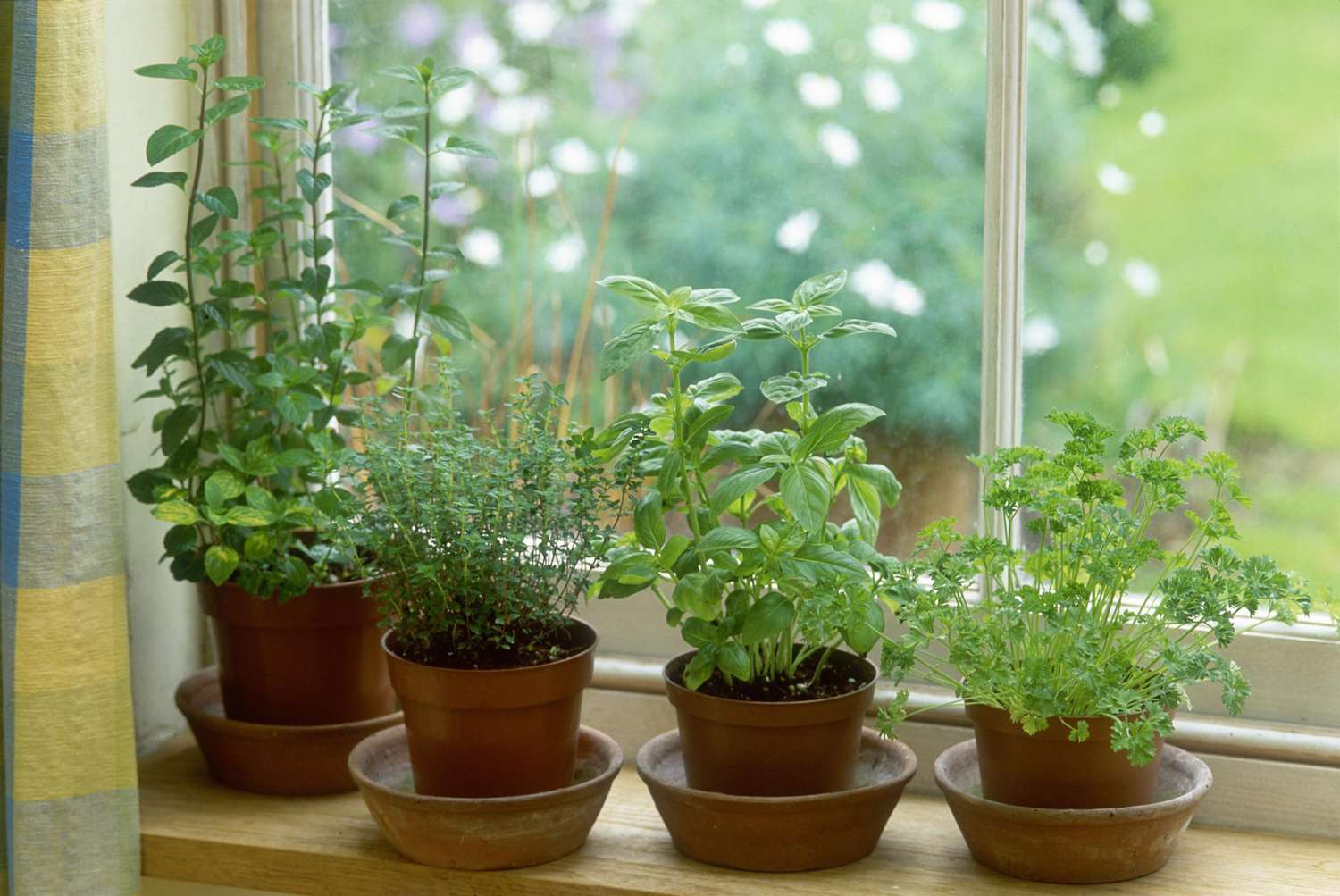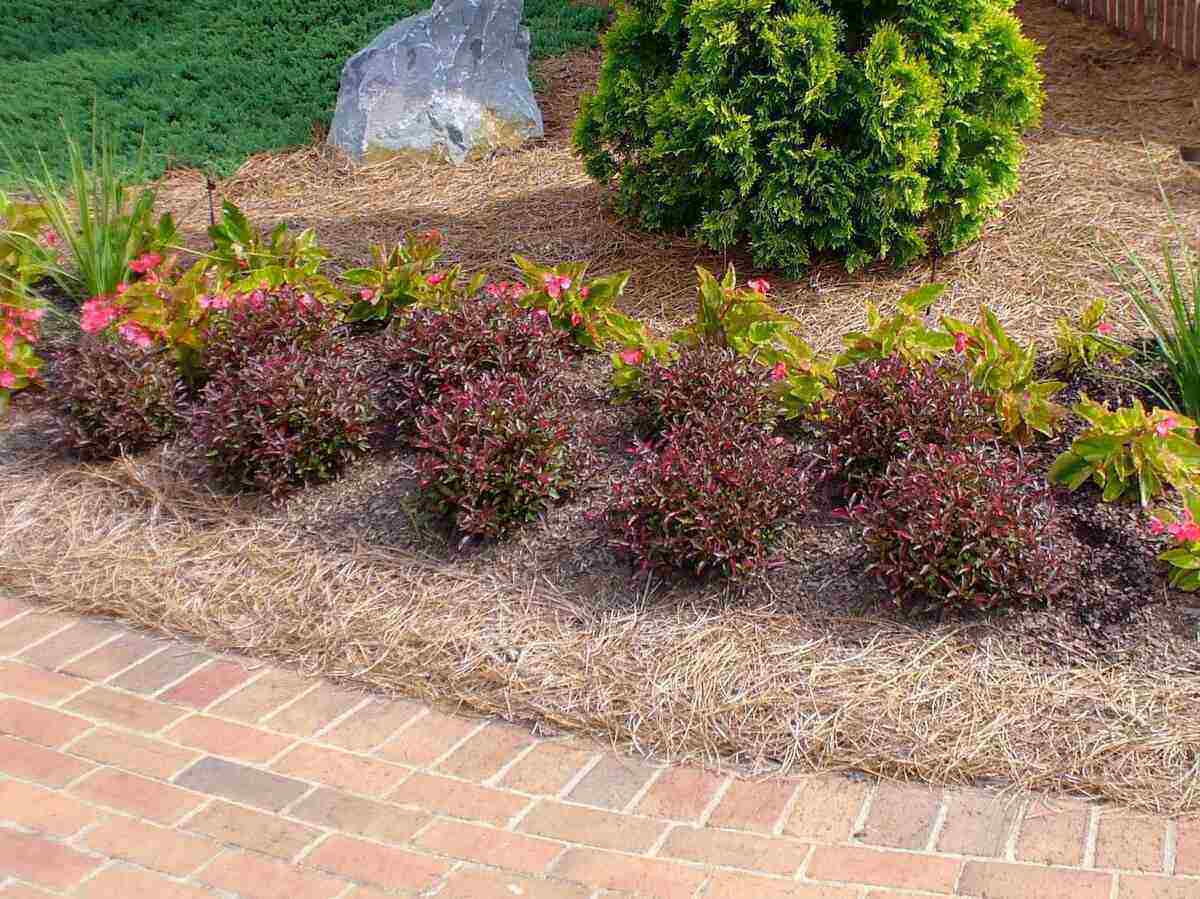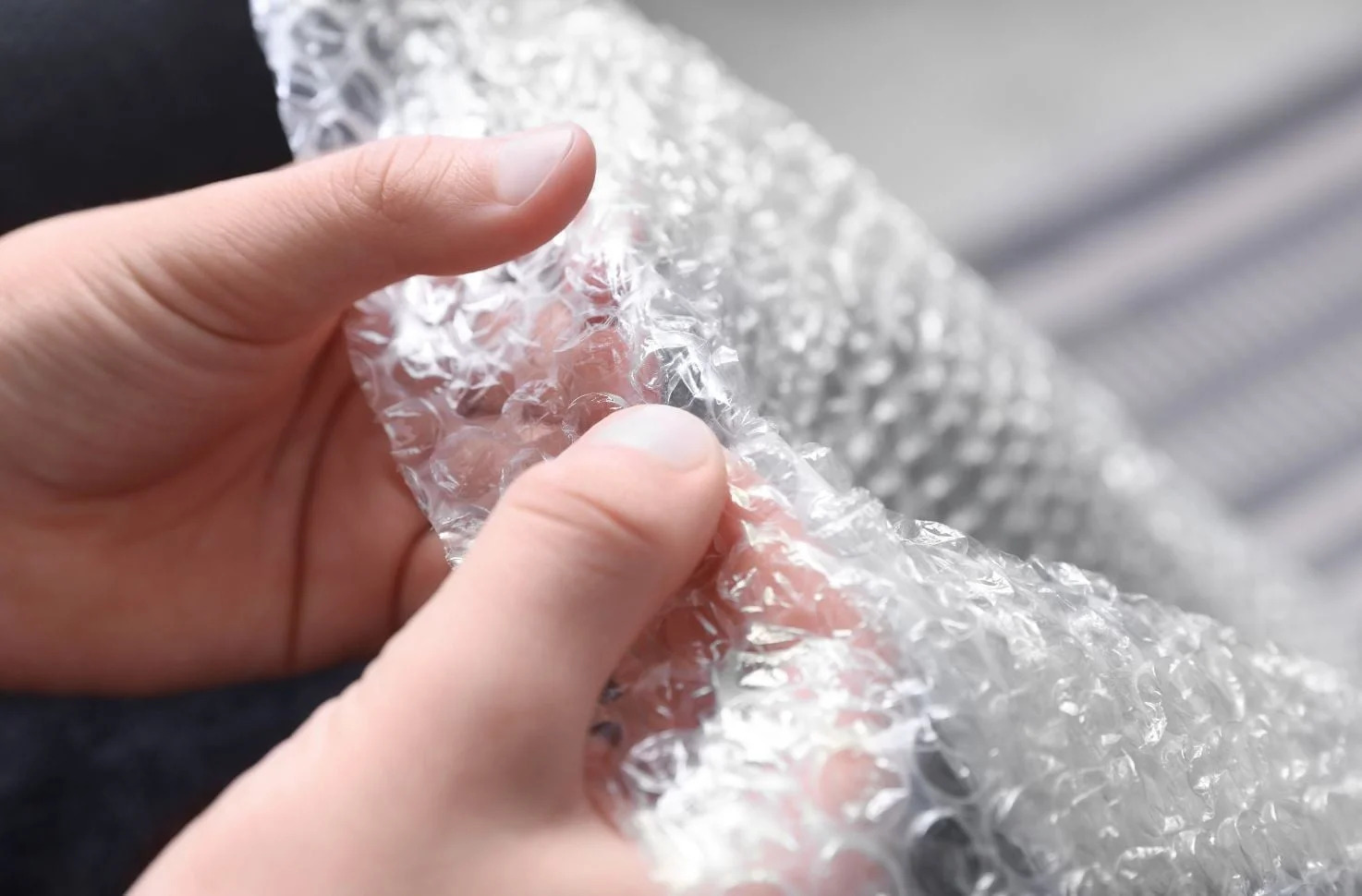Home>Gardening Techniques>Plant Care>How To Wrap Shrubs For Winter Burlap
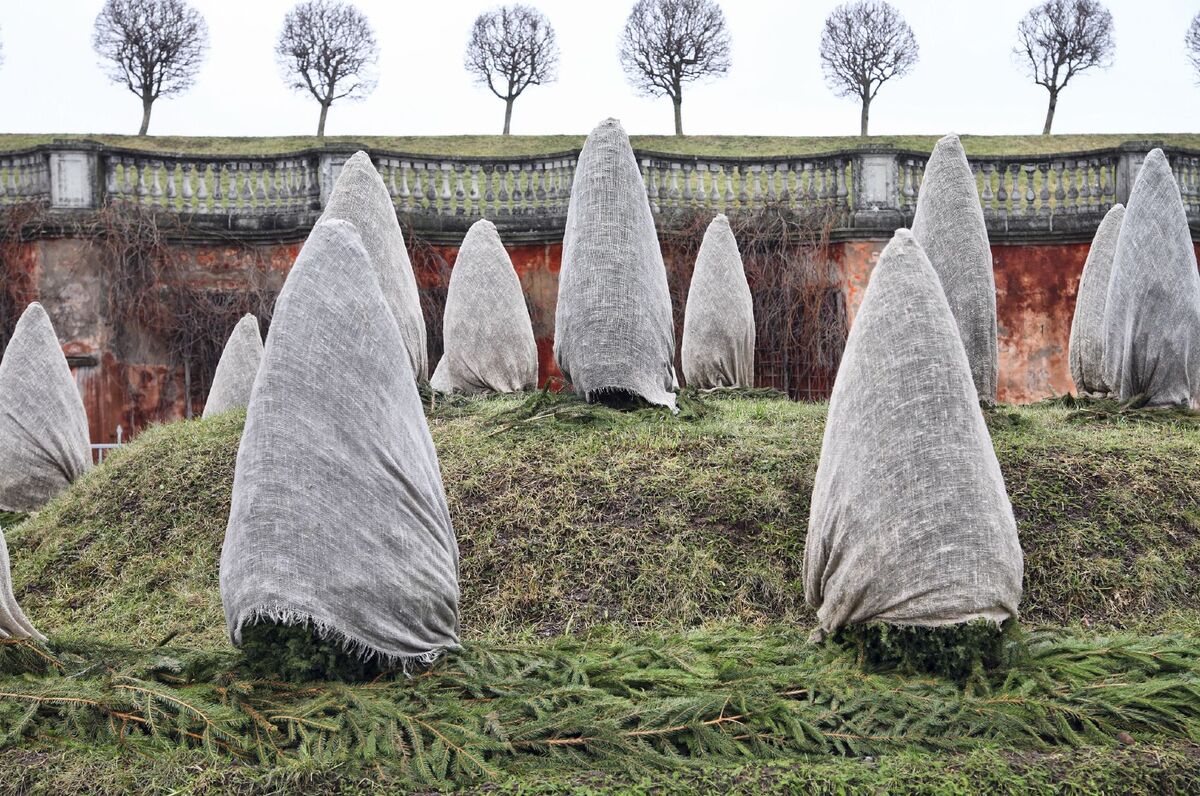

Plant Care
How To Wrap Shrubs For Winter Burlap
Modified: January 22, 2024
Learn how to properly protect your shrubs during the winter months with burlap. Essential tips and techniques for plant care.
(Many of the links in this article redirect to a specific reviewed product. Your purchase of these products through affiliate links helps to generate commission for Chicagolandgardening.com, at no extra cost. Learn more)
Table of Contents
Introduction
Welcome to our comprehensive guide on how to wrap shrubs for winter using burlap. As colder temperatures approach, it becomes crucial to protect your valuable shrubs from harsh winter conditions. Wrapping your shrubs with burlap is a simple yet effective method to safeguard them from frost, windburn, and sunscald, ensuring their health and longevity. In this article, we will provide you with a step-by-step guide on how to properly wrap your shrubs, as well as valuable tips to maintain their well-being throughout the winter months.
Before we dive into the specifics, it’s important to understand why wrapping your shrubs is necessary. While some shrub species are adapted to withstand winter conditions, many others require additional protection to survive and thrive. Tender plants, newly planted shrubs, or those with shallow roots are particularly vulnerable to winter damage. By wrapping your shrubs with burlap, you create a protective barrier that shields them from freezing temperatures, drying winds, and intense sun exposure.
Now that you understand the importance of wrapping your shrubs, let’s explore the process in detail. In the next sections, we will cover everything you need to know to effectively wrap your shrubs for winter using burlap, including choosing the right shrubs, preparing the burlap, wrapping techniques, securing the burlap in place, additional protection measures, and maintaining the wrapped shrubs throughout the winter season.
Choosing the Right Shrubs
When it comes to wrapping shrubs for winter, it’s important to choose the right shrubs to focus your efforts on. While most shrubs can benefit from some level of winter protection, certain types are more susceptible to winter damage and require extra care. Here are some factors to consider when selecting shrubs for wrapping:
- Hardiness: Start by checking the hardiness zone in which you live. Different shrub species have varying tolerances to cold temperatures. Choose shrubs that are suitable for your region’s climate to increase their chances of survival.
- Susceptibility to Winter Damage: Certain shrubs, such as boxwoods and evergreens, are more prone to winter damage, including winter burn and sunscald. These shrubs should be prioritized for wrapping.
- Age and Health: Young or newly planted shrubs, as well as those that have shown signs of weakness or disease, are more vulnerable to winter damage. Give them extra attention and protection.
- Location: Consider the shrubs’ position in your garden. Shrubs that are exposed to strong winds, direct sunlight, or vulnerable to cold air drainage are at a higher risk of winter damage.
Once you have identified the shrubs that require winter protection, you can move on to the next steps of our comprehensive guide. Preparing the burlap and wrapping techniques are crucial aspects of ensuring the longevity and health of your shrubs during the winter season. Let’s explore these steps in detail in the upcoming sections.
Preparing the Burlap
Before you start wrapping your shrubs for winter, it’s important to properly prepare the burlap. Burlap is a versatile and breathable material that provides insulation and protection to your shrubs without suffocating them. Here are the steps to prepare the burlap:
- Select the Right Burlap: Choose high-quality burlap that is strong and durable. Look for burlap with a tight weave to ensure maximum protection against wind and cold.
- Cut the Burlap: Measure the height and circumference of your shrub and cut the burlap accordingly. Make sure the burlap is long enough to cover the entire shrub, allowing for overlap.
- Soak the Burlap: To prevent the burlap from drying out and potentially causing damage to the shrub, soak it in water for a few minutes. This will help retain moisture and keep the shrub hydrated during the winter months.
By following these steps, you can ensure that the burlap is ready to provide optimal protection to your shrubs. Next, we will explore various wrapping techniques to effectively cover your shrubs and safeguard them from winter damage.
Wrapping Techniques
When it comes to wrapping your shrubs for winter, there are several techniques to choose from. The goal is to create a snug yet breathable barrier that covers the shrub completely. Here are a few common wrapping techniques:
- The Cylinder Technique: This technique works well for shrubs with a single trunk or stem. Start by placing the burlap around the shrub and bring the ends together, creating a cylinder shape. Secure the ends with twine or clips, making sure it is tight enough to stay in place but not too tight to damage the shrub.
- The Teepee Technique: Ideal for shrubs with multiple stems, the teepee technique involves driving sturdy stakes into the ground around the shrub in a circle. Drape the burlap over the stakes, creating a teepee shape. Secure the burlap to the stakes using twine or clips.
- The Spiral Technique: This technique is suitable for shrubs with a circular or spherical shape. Start at the base of the shrub and wrap the burlap upward in a spiral motion, slightly overlapping each layer. Secure the burlap as you go using twine or clips.
Regardless of the wrapping technique you choose, make sure the burlap covers the entire shrub, including the top, sides, and bottom. Leave some space at the top to allow for air circulation and prevent heat buildup. The goal is to provide insulation and protection while still allowing the shrub to breathe.
Now that you know how to wrap your shrubs, the next step is to ensure that the burlap stays securely in place throughout the winter months. In the next section, we will cover effective methods for securing the burlap.
Securing the Burlap
Once you have wrapped your shrubs with burlap, it’s crucial to secure the burlap in place to ensure it stays intact during winter storms and winds. Here are some effective methods for securing the burlap:
- Twine or Rope: Use garden twine or rope to tie the burlap tightly around the shrub. Start from the bottom and work your way up, ensuring a snug fit. Tie knots at various points along the burlap to keep it secure.
- Clips or Clothespins: Attach clips or clothespins to the burlap to hold it in place. Place them strategically at regular intervals to prevent the burlap from coming loose or shifting.
- Garden Stakes: Insert garden stakes around the shrub and use twine or clips to secure the burlap to the stakes. This adds extra stability and prevents the burlap from sagging or blowing away.
When securing the burlap, it’s important to strike a balance between firmly holding it in place and allowing some flexibility for air circulation. Avoid tying the burlap too tightly, as this can potentially damage the shrub or restrict its growth. Regularly check the burlap throughout the winter season to ensure it remains secure and make adjustments if needed.
While securing the burlap is important, it’s also essential to consider additional protection measures to protect your shrubs from potential winter damage. In the next section, we will explore these measures in detail.
Additional Protection Measures
While wrapping your shrubs with burlap provides a significant level of protection, there are additional measures you can take to safeguard your shrubs during the winter months. Here are some additional protection measures to consider:
- Applying Mulch: Before wrapping your shrubs, apply a layer of mulch around the base to insulate the roots and provide extra protection from freezing temperatures.
- Watering: Adequate watering is crucial before the ground freezes. Deeply water your shrubs to ensure they are well-hydrated and can withstand the winter months.
- Windbreaks: If your shrubs are exposed to strong winds, consider creating a windbreak. This can be done by installing a temporary fence or using materials such as burlap or snow fencing to reduce wind exposure.
- Anti-Desiccant Spray: Consider using an anti-desiccant spray on the foliage of your shrubs. This spray helps reduce moisture loss and prevents winter burn and dehydration.
- Protecting Evergreens: Evergreen shrubs are particularly susceptible to winter burn. Consider using an anti-transpirant spray specifically designed for evergreens to protect their foliage.
These additional protection measures, when combined with proper wrapping techniques, can greatly enhance the survival and health of your shrubs during the winter season. Regularly monitor your shrubs throughout winter and make any necessary adjustments to optimize their protection.
Now that you have taken all the necessary steps to protect your shrubs, it’s important to understand how to properly maintain them while they are wrapped. In the next section, we will explore tips for maintaining wrapped shrubs during the winter months.
Maintaining Wrapped Shrubs
While your shrubs are wrapped for winter, it’s important to provide them with proper care and maintenance to ensure their well-being. Here are some tips for maintaining wrapped shrubs during the winter months:
- Monitor Moisture Levels: Check the moisture levels of the soil around your shrubs regularly. If the ground is dry, provide supplemental watering to keep the roots hydrated.
- Check for Pests: Inspect the burlap periodically for any signs of pests or diseases. If you notice any issues, take appropriate measures to address them to prevent further damage.
- Remove Snow Buildup: After heavy snowfalls, gently remove any accumulated snow from the burlap to prevent it from weighing down the shrub’s branches and causing damage.
- Adjust Burlap if Necessary: Check the burlap regularly to ensure it remains securely fastened. If it becomes loose or starts to sag, make adjustments or tighten it to maintain proper coverage.
- Monitor Temperature Fluctuations: Stay informed about sudden temperature changes or warm spells during winter. If temperatures rise significantly, consider partially exposing the shrub to prevent heat buildup and potential damage.
Regular monitoring and maintenance of your wrapped shrubs will help prevent any issues and ensure their optimal health throughout winter. By providing the necessary care, you increase the chances of your shrubs thriving when the warmer months arrive.
Conclusion
As you wrap up this comprehensive guide on how to protect your shrubs for winter using burlap, you now have the knowledge and tools to ensure the health and longevity of your valuable plants. By choosing the right shrubs, properly preparing the burlap, and employing effective wrapping techniques, you can create a protective barrier against the harsh winter elements. Securing the burlap and implementing additional protection measures further enhance the chances of your shrubs surviving the winter months unscathed.
Remember to regularly monitor and maintain your wrapped shrubs, checking for moisture levels, pests, and potential issues that may arise. Adjust the burlap as needed and stay conscious of temperature fluctuations. By providing the necessary care, your shrubs will emerge from winter strong and vibrant, ready to thrive in the upcoming seasons.
We hope that this guide has been informative and helpful in equipping you with the knowledge and techniques to protect your shrubs during winter. With proper care and attention, your shrubs will not only survive but flourish, adding beauty and life to your landscape for years to come.
